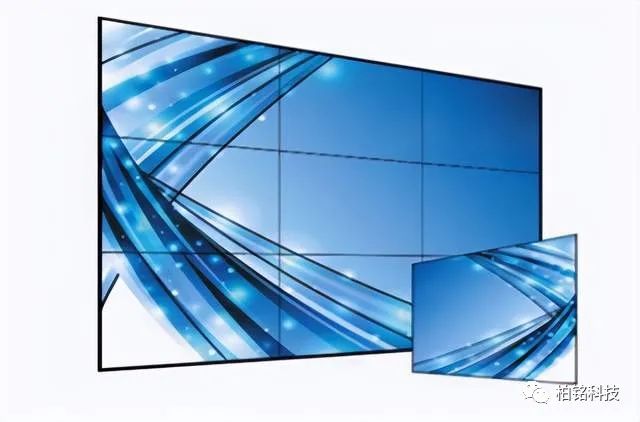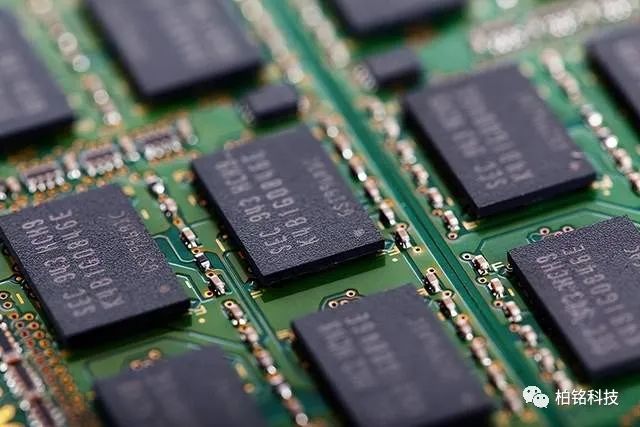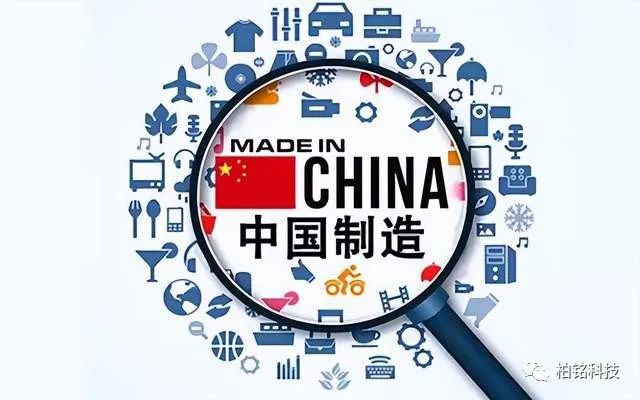South Korea has many leading industries in the high-tech industry. However, in recent years, South Korea has faced high-tech competition from China. Now two high-tech industries are being squeezed by Chinese counterparts, which makes Korean counterparts feel great pressure. .

The first Korean high-tech industry to be defeated by China was the LCD panel. In the 1990s, South Korea’s Samsung endured 7 consecutive years of losses, and finally succeeded in defeating Japan’s LCD panel industry in 1997, ranking first in the world. After more than ten years Time South Korea's Samsung and LGD are among the top two in the global LCD panel market.
The development of China's LCD panel industry is quite similar to that of South Korea. BOE purchased a 3.5-generation line from Hyundai in 2003 to enter the LCD panel industry. Since then, BOE has also worked hard for 6 years to fully understand the LCD panel technology. In 2009, it prepared to build a global mainstream The 8.5-generation line of technology, in the same year, TCL CSOT also prepared to build a 8.5-generation line. By 2018, BOE and TCL CSOT put into production the world's most advanced 10.5/11-generation line, surpassing South Korea. Since 2020, Samsung and LGD have successively announced their withdrawal from LCD panels. market.
Now BOE and TCL Huaxing are challenging South Korea in more advanced panel technology. BOE is second only to Samsung in the small and medium-sized OLED panel market. The size OLED panel market has overtaken Samsung.
TCL Huaxing mainly deploys mini LED panels for TVs, while South Korea mainly dominates OLED TVs. The data in 2022 shows that South Korea’s dominant OLED TV shipments will hardly increase. OLED TV shipments will be about 7.4 million units. The miniLED TVs promoted by enterprises have maintained rapid growth. In 2022, the shipments of miniLED TVs have reached more than 3 million units; in the Chinese market, the shipments of miniLED TVs are nearly twice that of OLED TVs.

In addition to challenging South Korea in advanced panel technology, China's high-tech industry is also challenging South Korea in the memory chip market, and has put enormous pressure on South Korean counterparts in the memory chip market, and the memory chips of the United States may even be squeezed as a result. out of the market.
China's two major memory chip companies rely on cost advantages to aggressively cut prices in the domestic market to seize the market. The prices of domestic SSDs and DRAM memory are generally lower than those of Samsung, SK Hynix, and Micron in the United States; they even surpass the latter three in terms of technology. The 232-layer NAND flash developed by YMTC has become the world's first mass-produced NAND flash with more than 200 layers.
Under the challenge of China's memory chips, Micron's loss in the first quarter of this year was as high as 2.3 billion US dollars, while Micron's revenue was only 4 billion US dollars. The huge loss weighed down Micron's breath. A notice was issued stating that there will be no further price cuts. After all, Micron has suffered enough losses and is unable to continue to follow up the price war.
South Korea's Samsung once followed up the price war of China's memory chips, and even the same 2TB solid-state hard drive is cheaper than Chinese brands. However, due to Samsung's profit plummeting 96% in the first quarter, it was close to the edge of loss, and the value of Samsung's memory chip inventory has reached 340 billion yuan, the industry reported that Samsung has also planned to stop the price war. This means that memory chip companies in South Korea and the United States are no longer able to continue the price war with China's memory chips.

These achievements of China's high-tech industry prove the rapid progress of China's high-tech industry and highlight the strong strength of China's high-tech industry. South Korea, which once achieved high-tech advantages, is facing the challenge of China and even surpassed by Chinese manufacturing. It is expected that more and more Chinese high-tech products will surpass South Korea in the future.